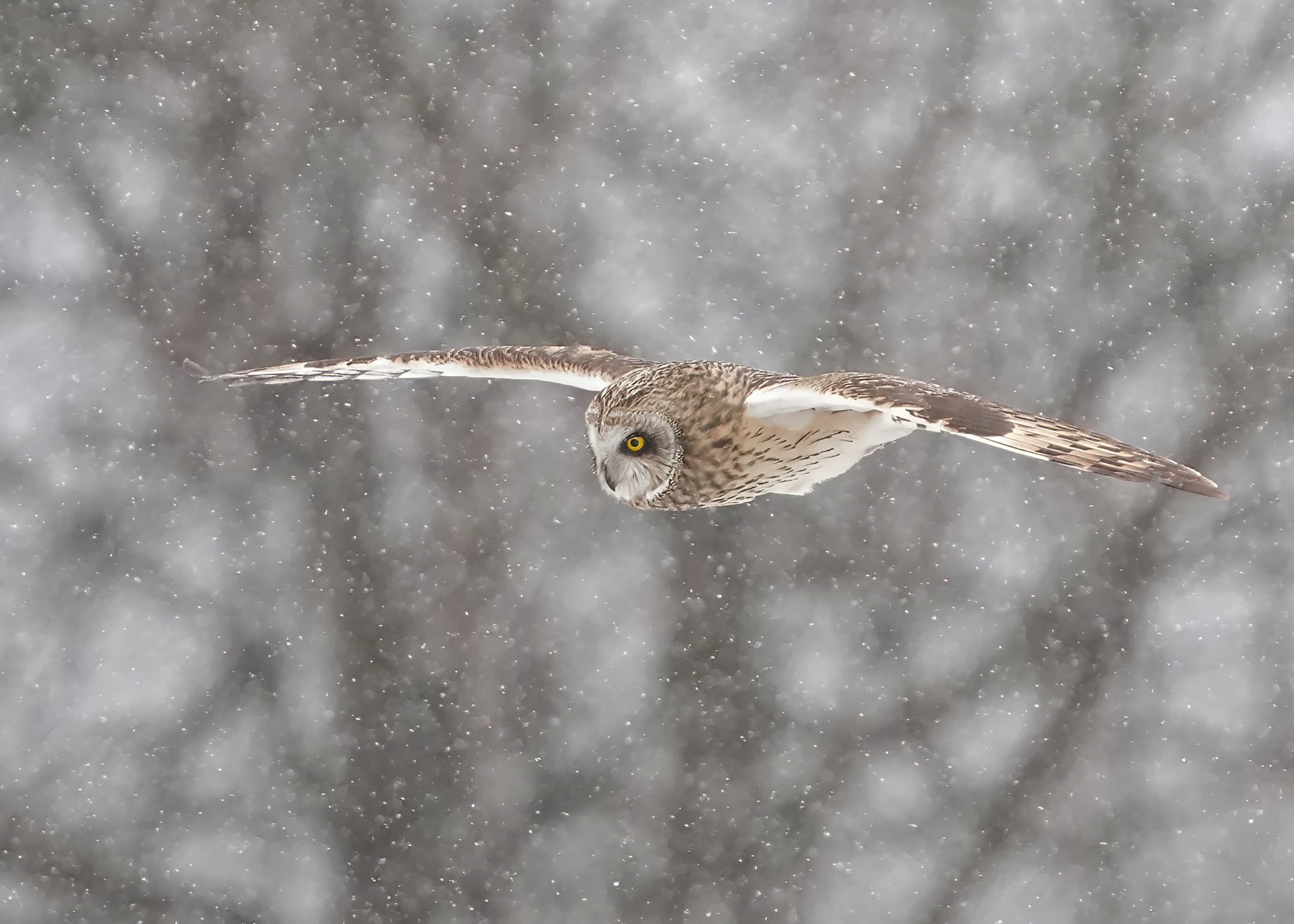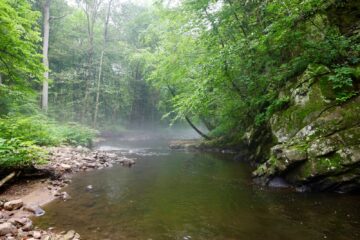Winter will soon arrive, bringing shorter days and colder weather. People prepare for the season change by pulling out their sweaters, adjusting their thermostats, and cooking hearty meals.
Nature, too, prepares for the coming cold, but in many different ways. Throughout autumn, the wildlife of the upper Raritan River watershed prepares for the colder weather and scarcity of food by employing survival strategies such as migration and hibernation.

Photo by Sandy Rathborne
By now, leaves are falling, flowers have ceased blooming, and the beautiful songbirds that breed here in summer have flown south. Songbirds mainly feed on insects, which rely on leaves and blossoms. Once the greenery of summer disappears, birds that depend on insects must migrate to warmer areas to find reliable food sources.
But many bird species stay year-round, including chickadees, cardinals, woodpeckers, blue jays, and nuthatches. These birds search our winter landscape for dried seeds, berries, and insect larvae beneath leaf litter or tree bark.
Many of the hawks we see hunting in summer meadows have also headed south for the winter; however, some birds of prey remain, including bald eagles and great horned owls. In fact, winter is the prime breeding season for these impressive raptors, which take advantage of reduced competition for food sources like mice and small mammals.
Bald eagles are often the first to build nests and lay eggs. As winter arrives, they respond to shorter daylight hours by beginning their courtship rituals. After building new nests or repairing old ones, they typically lay eggs from mid-January to February, and fuzzy eaglets start to hatch in late February and March.
Great horned owls follow a similar breeding schedule. On early winter nights, you can often hear their distinctive “hoo-h’Hoo-hoo-hoo” as they call for mates. Breeding pairs sit on their eggs by late January or early February, and their chicks hatch in March.
Many mammals in our watershed survive winter’s cold by hibernating, though few are true hibernators that sleep deeply for months at a time. Instead, many enter a torpor, a lighter form of dormancy in which they can wake up and move around on warmer days.
Woodchucks and some bats are our region’s true hibernators, entering deep sleep, dramatically slowing their metabolic rates, and lowering their body temperatures to conserve energy. Rarely would a woodchuck wake up in time for Groundhog Day in early February!
Although black bears are often thought to hibernate, they actually enter a state of torpor. As winter arrives, bears crawl into tight spaces like caves, rock crevices, and hollowed-out trees. Their metabolism slows, but their body temperature stays relatively stable, allowing them to wake up from their winter rest if disturbed. Chipmunks, raccoons, and skunks also enter a period of winter torpor.
Other woodland mammals, like deer, foxes, coyotes, rabbits, and squirrels, remain active throughout the year. They endure cold conditions by storing body fat during warm months and growing a thick, insulating coat of fur. Some will huddle together for warmth on winter nights.
Stream life also adapts as temperatures plunge. Fish that are fast and nimble in the warm summer months slow down in winter, eat less, and take refuge at the bottom of pools, where the water is warmest.
Frogs hibernate in mud beneath the ice, and many turtles also retreat to muddy homes, remaining inactive during the colder months. Snapping turtles settle under plant debris and logs or even stay in muskrat or beaver burrows. Occasionally, snapping and painted turtles become active and can be seen moving beneath the ice.
Nature is a wonder all year round! Enjoy our local wildlife this winter and notice the many ways they’ve adapted to survive the scarcity of food and the cold months ahead.
From the latest edition of the Black River Journal – www.blackriverjournal.com



